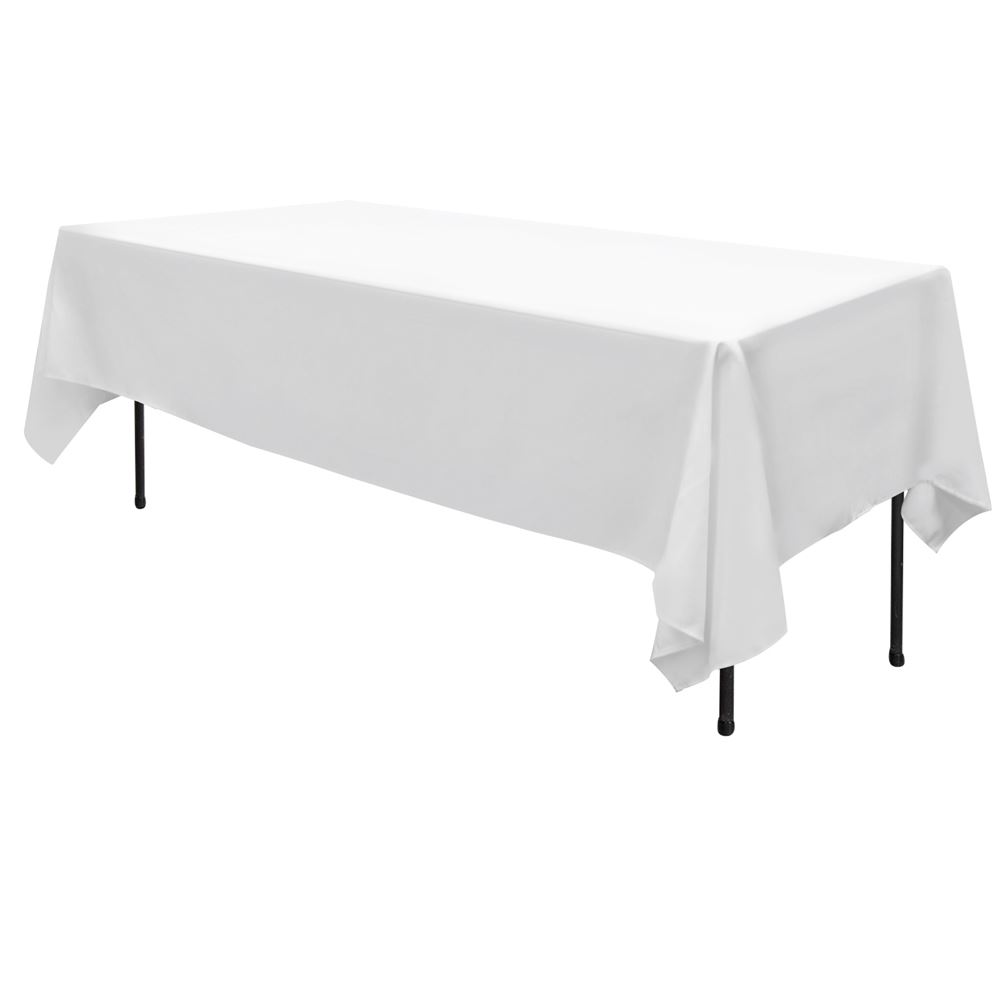Elegant Table Runner Ideas: Transform Your Dining Experience
Wiki Article
Bed Linen Textile Developments: Checking Out Modern Trends and Creative Applications in Layout and Textile Industry
From lasting manufacturing approaches to sophisticated weaving innovations, the evolution of linen is reshaping the landscape of the fabric sector. As we dive right into the worlds of innovative style applications and the introduction of linen blends and hybrid fabrics, a new phase unravels in which bed linen's function in future textile developments takes facility phase.Lasting Practices in Linen Production
Sustainable techniques in bed linen production have become significantly critical in the fabric sector's initiatives to lessen ecological effect and promote honest sourcing techniques. Linen, an all-natural fiber stemmed from the flax plant, provides a variety of benefits such as breathability, resilience, and biodegradability. However, conventional methods of bed linen manufacturing can involve considerable water consumption, chemical usage, and energy-intensive processes.To attend to these challenges, lots of textile makers are adopting sustainable techniques throughout the linen manufacturing procedure. This includes sourcing flax from natural ranches that avoid unsafe pesticides and chemicals, applying water-efficient retting techniques to essence fibers from the flax stalks, and making use of green dyes and finishes. Furthermore, some firms are purchasing sustainable power resources to power their production centers and lowering waste through recycling and upcycling efforts.
Technical Innovations in Linen Weaving
With the growing emphasis on lasting techniques in bed linen production, the textile market is now observing a surge in technological developments specifically targeted at reinventing the art of bed linen weaving. These technologies are improving the way linen textiles are generated, offering enhanced effectiveness, high quality, and creative thinking in weaving strategies.Among the key technological improvements in bed linen weaving is the combination of electronic looms. These innovative looms are equipped with software application that enables complex and complicated designs to be woven with precision. By digitizing the weaving process, manufacturers can achieve higher consistency and accuracy in their linen materials.
Additionally, improvements in thread spinning modern technology have actually made it possible for the manufacturing of finer and more resilient linen threads - table cloths. This causes softer and smoother bed linen materials that preserve their top quality also after numerous uses and washes
Additionally, the growth of eco-friendly dyeing procedures and surfaces for linen fabrics is acquiring traction. These lasting methods not just lower the ecological effect but additionally provide to the increasing customer demand for morally produced fabrics.
Creative Style Applications for Linen
Cutting-edge creative methods are significantly forming the innovative design applications for linen in the fabric sector. Bed linen's natural aesthetic allure and capability to mix with other fabrics make it a favorite selection for creating one-of-a-kind garments and accessories that provide to the eco aware consumer.Furthermore, developers are trying out linen in home decor, using its breathable and resilient nature to craft fashionable home furnishings such as curtains, bed linens, and furniture. The structure and drape of linen bring a sense of refinement and comfort to interior spaces, including a touch of elegance to modern-day homes.

Bed Linen Blends and Hybrid Fabrics

Crossbreed fabrics, on the other hand, take the concept of blending an action further by incorporating added components such as metal strings, recycled materials, or conductive fibers. These cutting-edge fabrics not just broaden the design opportunities however also present functional facets like conductivity, antimicrobial homes, or enhanced durability. Crossbreed fabrics are significantly being used in numerous markets, consisting of fashion, interior decoration, and technological textiles, where the need for multifunctional materials gets on the increase.
Linen's Function in Future Textile Innovations

In the realm of future textile developments, bed linen is anticipated to be a principal in the advancement of innovative useful fabrics. Designers and scientists are discovering means to boost bed linen's intrinsic qualities via technological improvements, such as integrating wise textiles, nanotechnology, and performance finishes. These innovations intend to raise linen's performance attributes, making it appropriate for a wider variety of applications, from activewear to protective apparel.
Moreover, the mix of bed linen with other natural or artificial fibers opens unlimited opportunities for producing novel textiles with distinct residential or commercial properties and capabilities. By leveraging linen's features and exploring ingenious blends, the textile market is positioned to present amazing developments that provide to developing customer demands and sustainability demands.
Conclusion
To conclude, the exploration of sustainable practices, technical advancements, imaginative layout applications, linen blends, and its duty in view publisher site future textile advancements highlight the constant evolution of bed linen fabric in the modern layout and textile market. With a concentrate on technology and creativity, the versatility and environment-friendly nature of bed linen make it a valuable material for producers and designers alike, leading the way for more advancements and advancements in the area of fabrics.As we dive right into the worlds of creative design applications and the appearance of bed linen blends and crossbreed textiles, a brand-new chapter unfolds in which linen's role in future textile developments takes center phase.
Discovering the fusion of linen with various other materials has actually led to the development of innovative blends and crossbreed fabrics in the contemporary textile industry. Linen blends supply a special combination of the qualities of bed linen with those of other fibers, resulting in textiles that review have boosted buildings such as enhanced sturdiness, enhanced draping, and minimized wrinkling.The advancement of linen blends and hybrid textiles has set the stage for Bed linen to play a pivotal function in driving future textile technologies.In the world of future textile innovations, linen is expected to be an essential gamer in the development of sophisticated functional textiles.
Report this wiki page